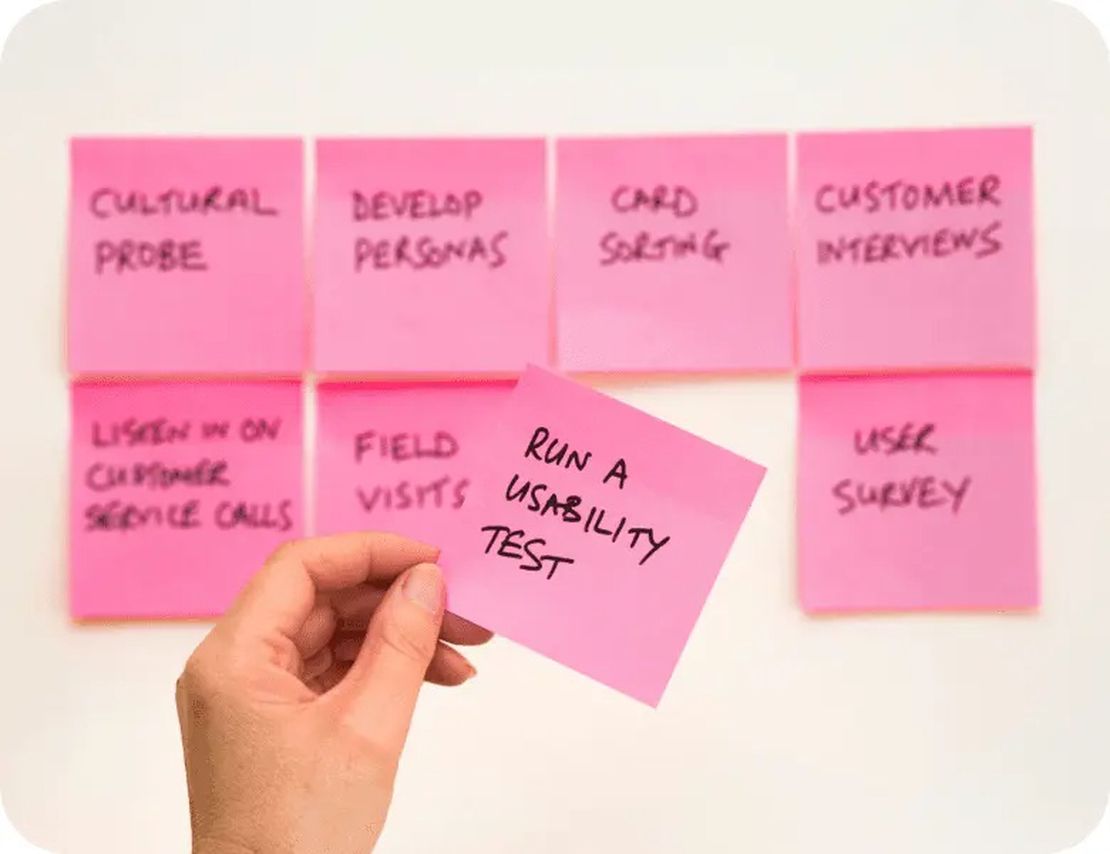Most Jenkins optimization articles focus exclusively on speed, but our data shows this is fundamentally the wrong approach. After analyzing millions of build minutes across dozens of enterprise clients, we’ve discovered that reliability improvements deliver 3x more productivity gains than pure speed optimizations. When builds randomly fail 30-50% of the time (the enterprise average), developers waste countless hours debugging infrastructure issues rather than actual code problems. At Continuity CI, we’ve pioneered Jenkins Reliability Engineering (JRE) to solve this exact problem.
1. The Cost of Unreliable CI/CD Systems
Problem: Many enterprises focus on raw build speed while ignoring reliability. Our research shows that engineers spend an average of 5-7 hours per week troubleshooting failed builds that should have passed. This hidden cost dwarfs the impact of slow but reliable builds.
The Reliability Gap: In our reliability assessments of enterprise CI/CD systems, we typically find:
- 30-50% of builds fail for reasons unrelated to code quality
- 40-60% of test failures are “flaky” (non-deterministic)
- 15-25% of total engineering time is spent “fighting the build system”
Real-world Impact: A financial services client with 120 engineers was losing approximately 840 engineering hours monthly to unreliable builds—the equivalent of 5 full-time engineers doing nothing but debugging CI issues.
2. Measuring CI/CD Reliability
The Reliability Score: Our proprietary reliability assessment measures 27 distinct metrics to calculate your Jenkins Reliability Score™. This quantifiable metric (0-100%) tracks your system’s ability to produce consistent, trustworthy results.
Key Metrics Include:
- Build Success Rate Consistency
- Flaky Test Identification
- Environment Variance Detection
- Failure Pattern Analysis
- Mean Time Between Failures (MTBF)
Real-world Example: An e-commerce platform initially scored poorly on our reliability assessment. After implementing our reliability transformation, they achieved a significantly higher score, which translated to reclaiming over 1,200 engineering hours monthly.

3. Reliability First Approach
Methodology: Our Jenkins Reliability Engineering approach flips the traditional optimization model: we focus on reliability first, then speed second.
Implementation:
- Eliminate non-deterministic behavior in test execution
- Implement self-healing infrastructure with automatic recovery
- Design resilient resource management that prevents random failures
- Create consistent, isolated build environments for reproducibility
- Monitor reliability metrics, not just traditional performance indicators
Case Study: A healthcare technology company with critical compliance requirements dramatically improved their reliability while maintaining their required audit trail.
4. Building a “Resilience Layer”
Concept: We’ve developed a specialized “resilience layer” that sits between your Jenkins system and your infrastructure, automatically handling common failure modes without human intervention.
Implementation:
- Automatic agent recovery for failed cloud provisioning
- Test re-execution for environment-related failures (with pattern detection)
- Resource contention monitoring and prevention
- Self-healing cache management
- Intelligent timeout handling and retry mechanisms
Impact: For a SaaS client, our resilience layer significantly reduced the need for manual interventions and virtually eliminated critical build failures.
5. Our Reliability-First Approach
Breaking the Industry Model: We’re a specialized CI/CD consultancy focusing exclusively on reliability with comprehensive metrics and continuous improvement.
Our Methodology:
- Dedicated reliability engineering for your infrastructure
- Documented reliability metrics with monthly reporting
- Root cause analysis for any reliability issues
- Continuous improvement through data-driven optimization
Why This Matters: When your CI/CD system achieves true reliability, teams can trust the feedback it provides. Code quality improves, releases become predictable, and developers shift focus from fighting infrastructure to delivering value.
At Continuity CI, we believe reliable builds are more valuable than fast-but-flaky ones. Contact us for a free Reliability Assessment and discover your current Jenkins Reliability Score™ along with a roadmap to transform your CI/CD environment into a system your team can truly depend on.





